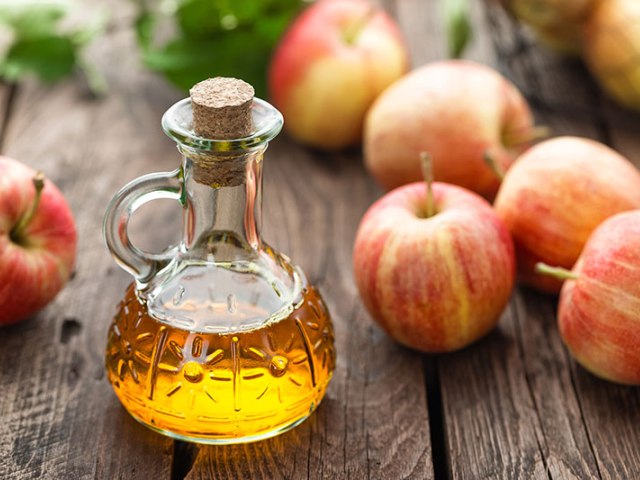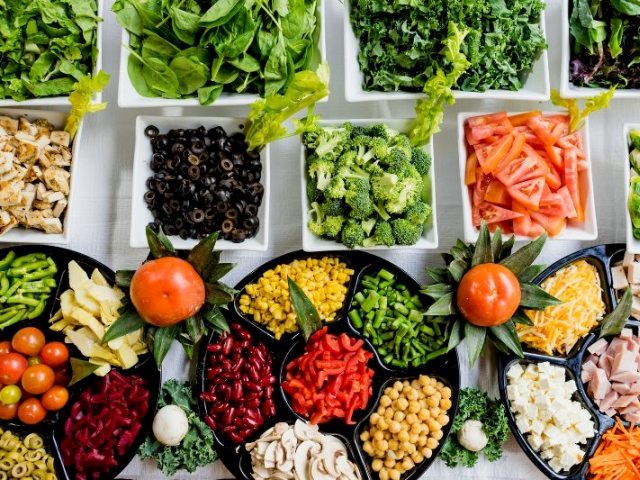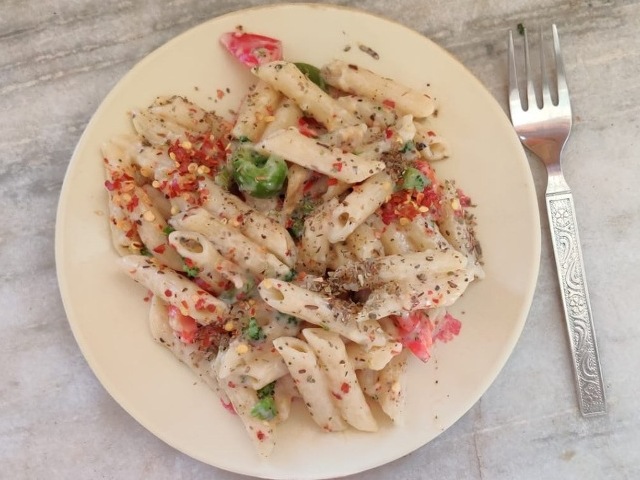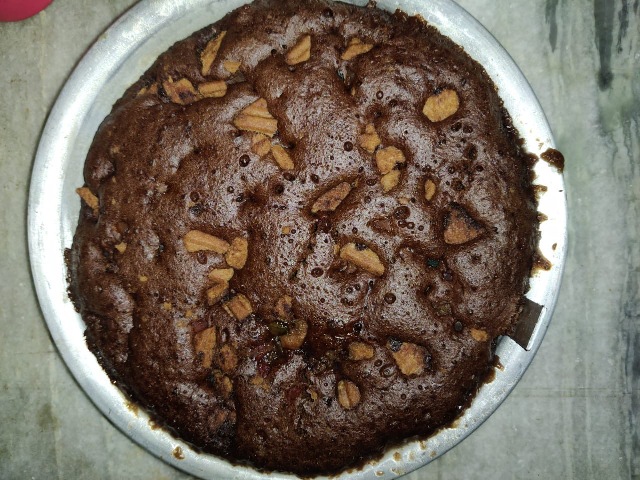7 Steps To Start A Low-Fat Diet
Now that summertime has coming to an end, it’s time to get back to a schedule and get into daily routine with your life and your diet. Going on a low-fat diet helps encourage healthy eating habits and kick start any weight loss goals you may have. Here are seven simple and straightforward steps to get you started in the right direction.
1. Toss Out the Old Food
If there are particular foods that you know you shouldn’t be eating, they definitely don’t belong in your kitchen. We want to make clean, healthy eating as convenient as possible, while making unhealthy eating as difficult as possible.
Go through your refrigerator, freezer, and cupboards and take an inventory of your food items. This is a good time to ask yourself the following questions:
1. Does this food need to be tossed out because it’s past its expiration date?
2. Will eating this food push me further away from reaching my health goals?
If you answered “yes” to either of these questions, then you are going to throw it away (if expired) or donate it to a local food bank. If you’re worried about “wasting” perfectly good food, then consider it a charitable contribution or a sunk cost.
2. Create a Grocery List and Go Shopping
There are plenty of “healthy grocery lists” available online, not to mention more recipes for nutritious eating than you’ll ever be able to prepare. However, the following is a quick list of some of the basic food staples you may want to consider when eating a low-fat diet.
Meat: chicken breasts, lean hamburger, salmon
Dairy: skim milk, eggs, low-fat greek yogurt
Fruits: apples, bananas, oranges, blueberries
Vegetables: spinach, carrots, celery, cucumbers
Grains: oatmeal, brown rice, quinoa
Legumes: black beans, green peas, lentils
These are just a few ideas to get you started. Pick and choose some of your familiar favorites, but don’t be afraid to try some new foods!
3. Choose a Source of Lean Protein for Each Meal
Protein is the secret weapon to a leaner, healthier body. When preparing a meal, try to make sure you include a moderate serving of protein. The most obvious way to do this, of course, would be to have some sort of meat with every meal. This is not only expensive but also unnecessary.
Let’s take breakfast as as example. Your source of lean protein could be eggs if you want a more savory breakfast (if you use several eggs you may want to consider using egg whites or at least reduce the amount of yolks you use). If you want something sweeter, give the low-fat greek yogurt a try. If nothing else, a glass of milk has eight grams of protein to provide your muscles with a bit of a jump-start for the day.
4. Add a Moderate Serving of Whole Grains or Legumes
Grains and legumes are going to be your primary source of energy on a low-fat diet. Opt for whole grains over refined grains whenever possible. Rice, beans, and whole-grain bread are all great side dishes to eat along with your protein, fruits and vegetables.
Look for foods within this category that are high in fiber. These foods will help clear your digestive system, improve your gastrointestinal health, and keep you feeling full so you can avoid being hungry.
5. Eat Plenty of Fruits and Vegetables
Many people fear that making a major change in their diet will result in constantly being hungry. Fruits and vegetables are one of the best ways to combat this. Raw fruits and vegetables can be enjoyed in relatively large quantities without risk of overeating. They are low in calories and fat, while also providing many essential vitamins and minerals needed for our bodies to function at their best.
Just keep an eye out for anything you may add to fruits and vegetables. Salad dressings are high in both fat content and total calories. Try to eat a generous serving of fruits and/or vegetables with every meal, just watch out for the extras!
6. Drink More Water
Drinking water is absolutely essential to our overall physical health. We should be drinking at least 64 ounces of water a day, which means that many of us aren’t getting enough and as a result, we may confuse our thirst with hunger throughout the day. The key to satisfying a craving is often a tall glass of water. Additionally, drinking a glass or two at mealtime is a good way to prevent overeating.
7. Add Variety
Sticking with new dietary habits is a delicate balance. When developing a new habit, it’s important to be consistent and develop a routine. We want healthy nutrition to become a long-term lifestyle change, not just something you attempt a weeks out of the year.
After you become more comfortable with your new nutrition habits, add some variety to see what works best for you. For these changes to really be successful in the long run, it’s necessary to be flexible and find ways to prevent yourself from becoming bored. Additionally, our bodies benefit by getting a balanced range of vitamins and nutrients from a varied diet.
If you have wonder how to start a low-fat diet or where to begin, these seven steps should have laid out the basic steps for you. Get started on your journey to a leaner, stronger, healthier you!










It sounds so easy in theory 🙂
really enjoyed reading this post. good writing